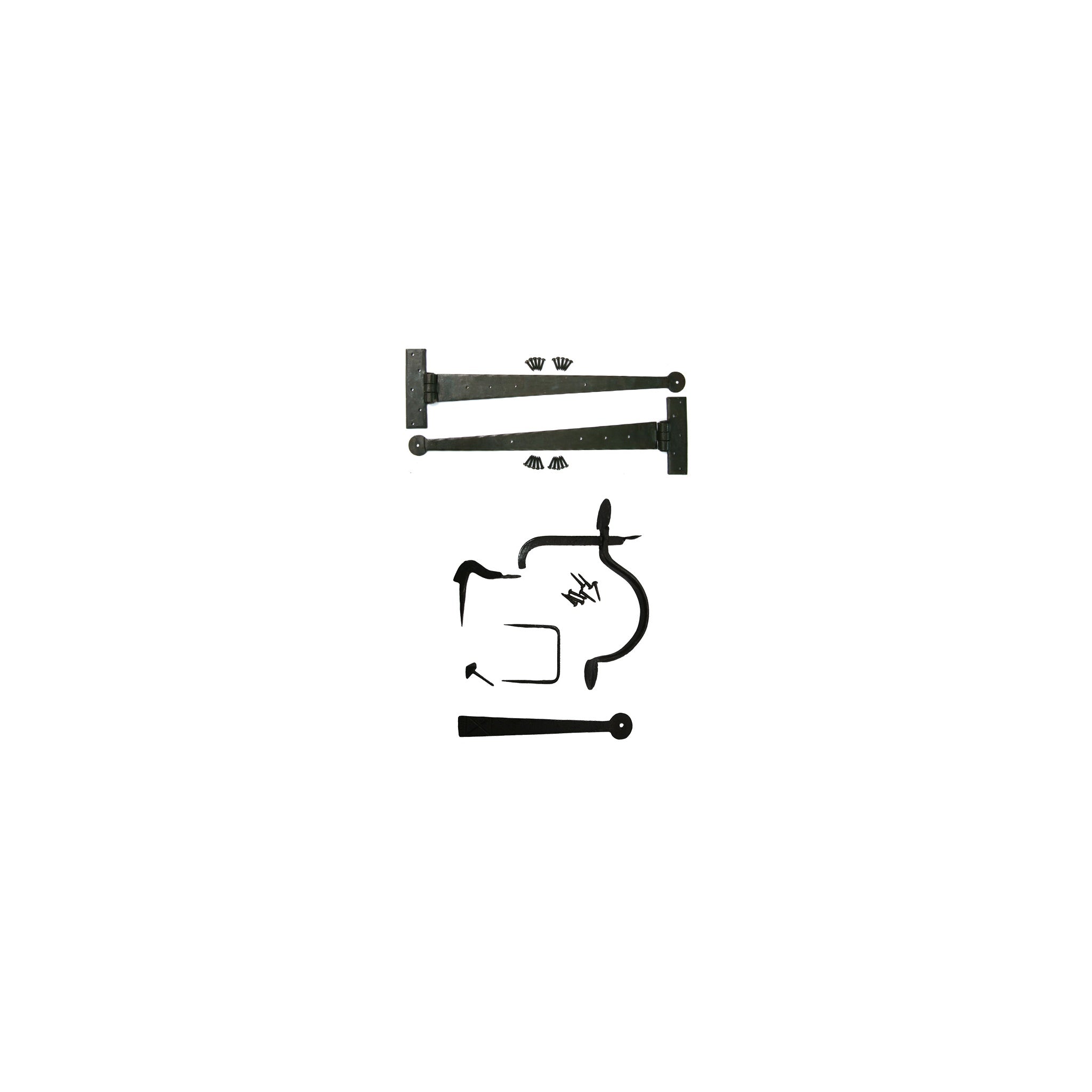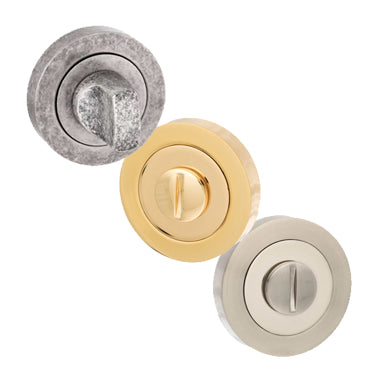Key Takeaways
Aspect
Details
Consistency
Matching internal doors create a cohesive look throughout the home
Style
Choose doors that complement the overall style of your interior décor
Material
Consider using the same material for all internal doors for a unified appearance
Finish
Opt for a consistent finish, such as white primed or oak, for a harmonious look
Functionality
Ensure the chosen doors meet the functional requirements of each room
Key Elements of Matching Internal Doors
Consistent Style
Uniform Material
Complementary Finish
Functional Requirements
Aesthetic Appeal
When it comes to interior design, one of the often-overlooked elements is the choice of internal doors. While it may seem like a minor detail, the consistency and style of your internal doors can have a significant impact on the overall look and feel of your home. In this article, we'll explore the importance of matching internal doors and provide guidance on how to achieve a cohesive and visually appealing interior.
The Importance of Consistency
Consistency is key when it comes to creating a harmonious living space. By choosing internal doors that match throughout your home, you establish a sense of unity and flow. This cohesive look helps to tie different rooms together, creating a seamless transition from one space to another.
Consider the Mexicano Modern Veneer Oak Door, a stunning option that can be used consistently throughout your home to achieve a modern and sophisticated look.
Mexicano Modern Veneer Oak Door
Complementing Your Interior Style
When selecting internal doors, it's essential to choose styles that complement the overall design aesthetic of your home. Whether you prefer a traditional, contemporary, or rustic look, there are internal doors available to suit every taste.
For a classic and timeless appearance, the Eton Four Flat Panel Oak Door is an excellent choice. Its warm oak finish and elegant design make it a perfect fit for both traditional and modern interiors.
The Power of Uniform Materials
Using the same material for all your internal doors creates a sense of continuity throughout your home. Whether you opt for solid wood, engineered wood, or composite materials, maintaining consistency in the door material helps to establish a cohesive look.
The Madison White Primed Door is a versatile option that can be painted to match your desired colour scheme, allowing you to maintain a uniform appearance across all your internal doors.
Finishing Touches
In addition to the material, the finish of your internal doors plays a crucial role in creating a harmonious look. Choosing a consistent finish, such as white primed or oak, ensures that your doors blend seamlessly with your interior décor.
The Lincoln 3 Panel White Primed Door offers a clean and fresh appearance, making it an ideal choice for those seeking a uniform white finish throughout their home.
Balancing Form and Function
While aesthetics are important, it's equally crucial to consider the functional requirements of each room when selecting internal doors. Different spaces may have specific needs, such as privacy, soundproofing, or fire resistance.
The Coventry Internal White Primed Door combines style and functionality, offering a sleek white finish while meeting various performance requirements.
Frequently Asked Questions
Should all internal doors match? While it's not a strict rule, having matching internal doors creates a cohesive and harmonious look throughout your home. Consistency in style, material, and finish helps to establish a sense of unity and flow.
Can I mix and match internal door styles? Mixing and matching internal door styles is possible, but it requires careful consideration to ensure a balanced and intentional look. If you choose to mix styles, consider maintaining consistency in other elements, such as the material or finish.
How do I choose the right internal doors for my home? When selecting internal doors, consider factors such as the overall style of your home, the functional requirements of each room, and your personal preferences. Take into account the material, finish, and any additional features you may need, such as glazing or fire resistance.
Conclusion
Matching internal doors may seem like a small detail, but they can have a significant impact on the overall aesthetic and feel of your home. By choosing doors that are consistent in style, material, and finish, you create a cohesive and visually appealing interior that flows seamlessly from one room to another.
Remember to consider your personal style, the functional requirements of each space, and the overall design aesthetic of your home when selecting internal doors. With a wide range of options available, from traditional oak doors to sleek white primed styles, you're sure to find the perfect match for your interior.
For more inspiration and guidance on choosing the right internal doors for your home, explore our oak, primed, white, panel, and traditional door collections at Internal Doors.



















































































































































